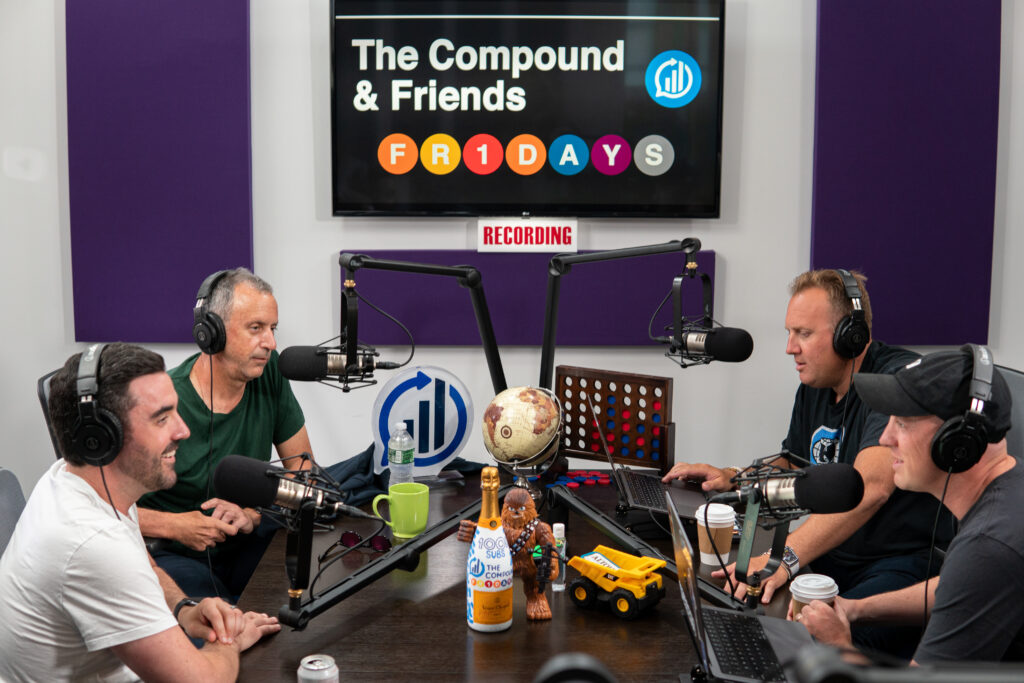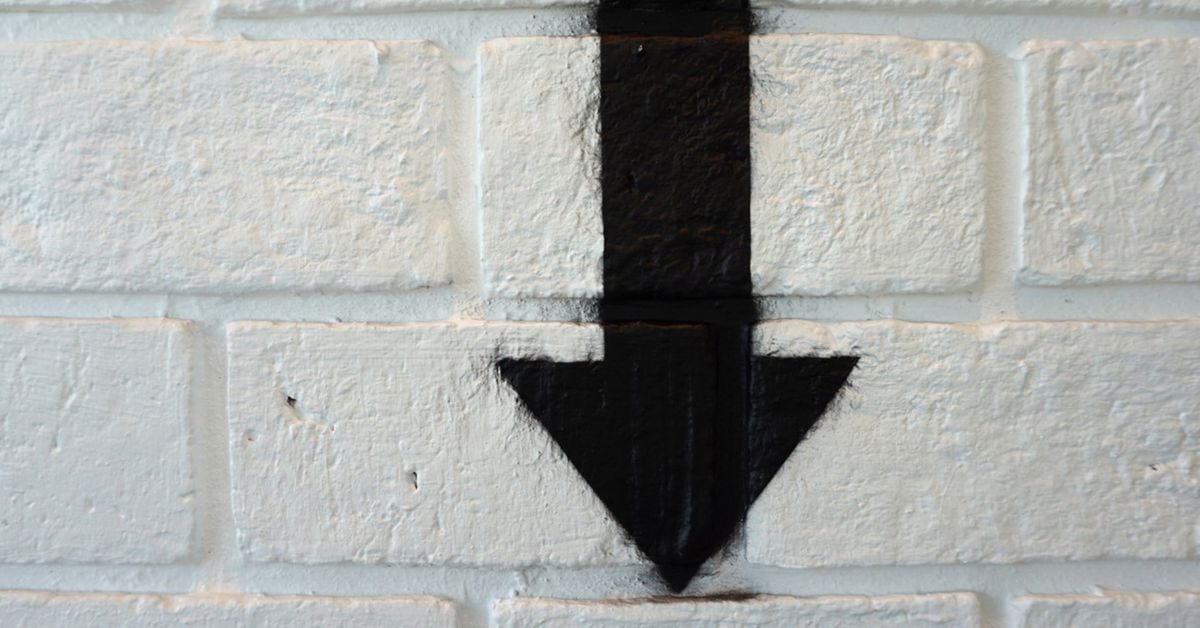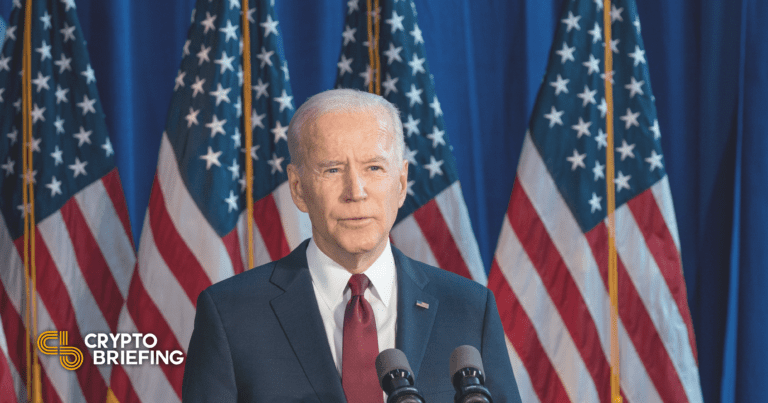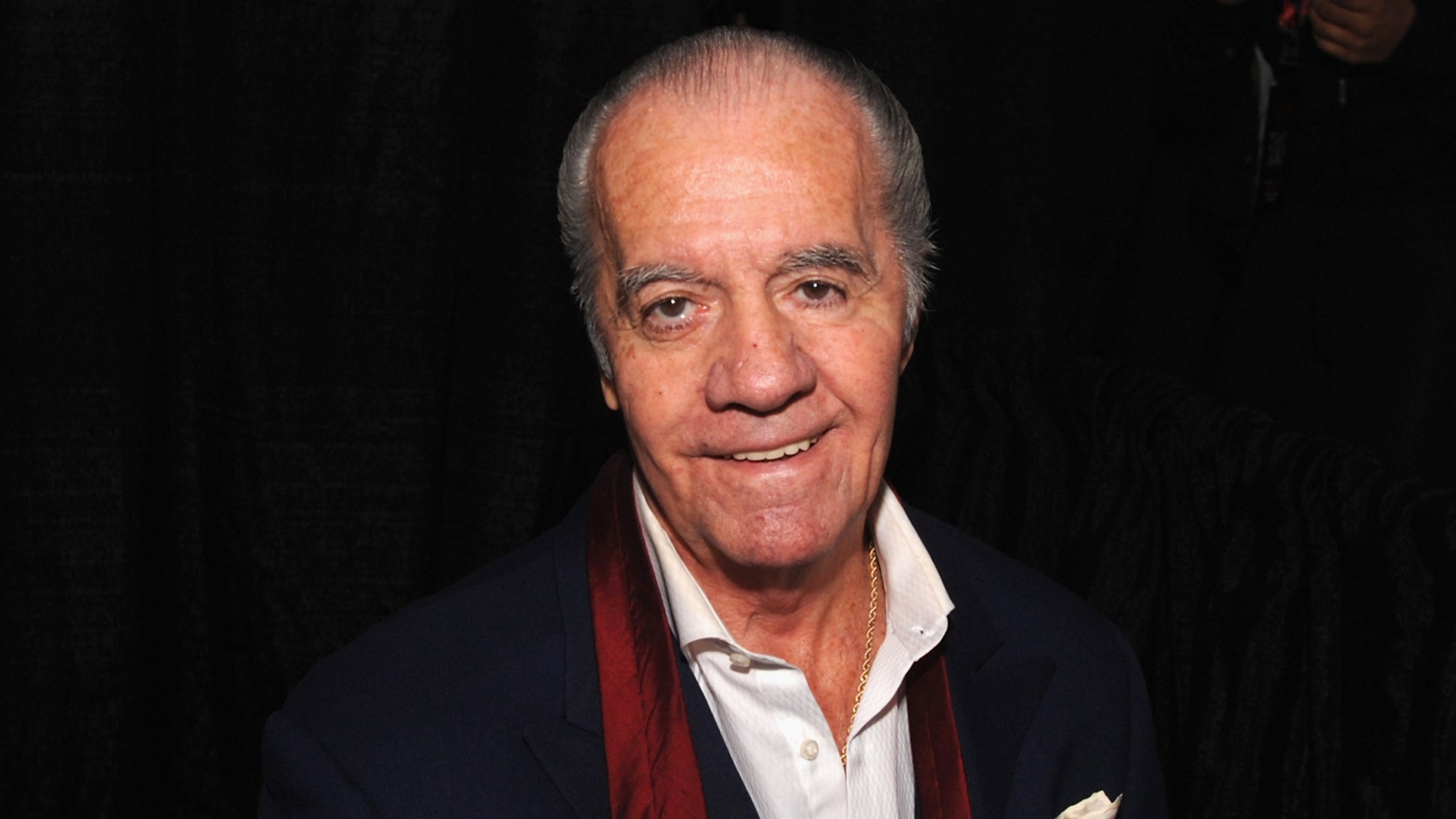Now with a growing Western distrust of China and India flexing its manufacturing muscles, the Made-in-China Barbie may have to contend—as it were—with Chhota Bheem. The hugely popular character, along with his closest friend Chutki, from a superhit animation TV series for kids, has become a figurehead for native toys—a desi Barbie, if you please.
Imported toys have begun to face some resistance in India. In a developing success story of Atmanirbhar Bharat, India’s import of toys has fallen dramatically. And the exports have shot up, in what can be seen as a promise of the Make-in-India project.
If we take Barbie as a symbol of Chinese dominance in toy manufacturing and thus of imported toys, and Chhota Bheem of India’s growing toy industry, India’s toy story can be called a battle of Barbie versus Chhota Bheem. It may seem implausible given the huge difference in toy-making capacities of China and India, but the battle has already begun. Prime Minister Narendra Modi himself has drawn the lines for this battle. In his Independence Day speech, he said even a five-year-old child refuses to play with imported toys. This comment has come after years of his encouragement to local toymakers.
The turn in India’s toy story
The last three years have given a small but dramatic turn to India’s toy story. According to the government data, the import of toys has declined 70% while export has risen 61% in the last three years. Falling imports and the jump in domestic manufacturing mean a large number of Indian companies are either manufacturing toys entirely on their own or importing only components and assembling the toys in India. Indian manufacturers have also started exploring new markets in Africa and the Middle East.
The numbers show a turn towards growth where the scope is immense. Last year, a report by KPMG and FICCI said that the largely unorganized Indian market was worth just $1 billion, with 85% of it comprising imported toys. Indians spent a minuscule $3 per child per year on toys, compared to $300 per child in North America and $34 in Asia. The report estimated the size of the global toy industry at $95 billion in 2020.
India has made a very small beginning in self-reliance, but if it is followed up, India can become a major global player in toy manufacturing,
How did it become possible?
Before the dramatic rise in exports and fall in imports in the previous three years, there were clear signs of a change. Imports had contracted 12% in CAGR terms between 2016-20. Modi turned into a vocal supporter of the domestic toy industry. Urging startups and entrepreneurs, he said the country had the talent and ability to become a toy manufacturing hub, especially given India’s minuscule share in the global toy market. “Team up for toys,” he exhorted.
Modi backed his talk with two concrete steps, which are now seen as largely responsible for the recent growth spurt.
In February 2020, the government increased basic customs duty on toys from 20 per cent to 60 per cent. That gave local manufacturers space to grow. In January 2021, the government floated BIS (Bureau of Indian Standards) quality certification for all toy manufacturers and importers. The quality-control norms require all toys and materials designed or intended for use in play by children below 14 years of age to be certified by the BIS. The certification is necessary to be eligible to sell in India. Selling without certification can attract fines and even criminal prosecution. More than 800 manufacturers, mostly in the MSME sector, now have BIS certification.
Both the customs duties and quality control have deterred imports—cheap as well as high-quality—which did not allow domestic manufacturing to flourish. Covid lockdowns that depressed the Chinese industry were also a factor.
A recent HT report highlighted that more than 100 toy manufacturers in Delhi-NCR, which were struggling to survive until a couple of years ago, are now on an expansion drive. The new BIS rules have encouraged many toy importers to get into manufacturing themselves. One of Delhi’s biggest toy traders in Sadar Bazar finds it much easier now than just two years ago to be a manufacturer than an importer of toys due to the government’s encouraging policies. Earlier, 95% of toys in his shop were Chinese; now, 100% of them are made here in his factory.
What’s the future?
Not content with these two steps by the government to promote domestic production, the toy industry wants a national toy policy and production-linked incentive (PLI) scheme. It also wants a separate export promotion council.
Hand-holding by the government of a nascent industry is necessary. That’s how China and Vietnam have grown in manufacturing. Toymakers want the government to help build a manufacturing ecology which can draw international companies from other Asian countries. That will take long and consistent efforts both by the government and the industry. A toy manufacturer told HT that the government must bring together engineering institutes and MSMEs for the development of special-purpose machines. “We need to be self-sufficient in producing electronic chips and motors for toys, which continue to be imported from China,” he said.
The KPMG-FIcci report says it’s relatively easy for India to become an attractive alternative to China for labour-intensive products such as soft toys due to India’s cost-competitiveness. This segment of the toy market is a low-hanging fruit for India.
While toys based on mythology and religion could be popular within the country, if India wants to turn into a big toy exporter, it will have to focus on smart toys. There is already a movement towards that.
A Mint report highlighted how Indian manufacturers are moving away from the run-of-the-mill board games, dolls and remote-controlled cars to design and produce toys based on STEM (science, technology, engineering and mathematics). Many young Indian companies are now altering the market, catering to parents keen to see their children go beyond traditional toys.
Many of the Indian STEM startups—Butterfly EduFields, Skillmatics, JackinTheBox and PlayShifu, to name a few—are gaining ground in the international market dominated by big names like Lego, Mattel and Hasbro, it said.
Aequs, a supplier of components to the aerospace industry and now also a contract manufacturer for leading global toy brands, has set up a huge manufacturing cluster at Koppal in Karnataka. It hopes to wean away major toy companies from China and other countries.
India’s big handicap
Given its edge in innovation and design, Aequs might be able to pull that off to some extent, but for the whole Indian industry to compete with China seems a tall order in the near future. Nearly 90% of India’s toy industry is in the unorganized sector, and most have little access to quality raw materials or the latest technology.
That’s where the Barbie-Chhota Bheem battle looks like a ludicrous mismatch.
India’s biggest handicap vis-à-vis China is the lack of a domestic manufacturing ecosystem which is cost-effective, efficient and contemporary. India sorely lacks a domestic supply chain necessary for large-scale quality production, the KPMG-FICCI report says. Most of the raw materials and machines to manufacture toys are sourced from China and other Asian countries. Raw materials such as polymers, paper, board and non-toxic paints are sourced mostly from China, Hong Kong, Sri Lanka and Malaysia. Plastic- and rubber-moulding machines are sourced mostly from China and South Korea. Electronic components such as circuit boards, capacitors, motors, PCBs and LEDs too are mostly imported from China, Taiwan and South Korea.
Even all kinds of fabric, which is 30% raw material input of plush toys, are not available domestically and need to be imported from China. Both hair fibre and hair-rooting machines for doll manufacturing are again imported mostly from China and South Korea. Indian industry also lacks design skills and engineering specifically for toy manufacturing, such as 3D product prototyping. India needs to have more certified testing facilities too.
No manufacturing country can source all the raw material and intermediate goods and add all the value locally, but in the case of toy manufacturing in India, the lack is egregious.
However, the Aequs manufacturing cluster gives a glimpse of a possible, if distant, future because it’s certain now that China is not going to be the sole choice for western companies manufacturing in Asia. More high-quality manufacturers such as Aequs will take benefit of this.
Many big toy companies are diversifying away from China. Lego and Hasbro are diversifying to other locations. Interestingly, so is Mattel, the maker of Barbie. It is expanding its plant in Mexico, which, being close to the US, promises a more reliable supply to the US market. Mattel’s new plant is its largest, larger than other manufacturing hubs in China, Vietnam and Malaysia.
Covid lockdowns slowed down China’s toymakers. Once China is fully back in business, it will be a tough test for Indian manufacturers. They want high customs duties to continue offering them protection.
If Chhota Bheem has to fight Barbie, he would need more than Chutki by his side. He will have to get tech savvy and think beyond traditional toys. It’s a long, hard battle. For now, he is propped up with customs duties and quality controls.
Download The Mint News App to get Daily Market Updates.
More
Less
Post your comment
















